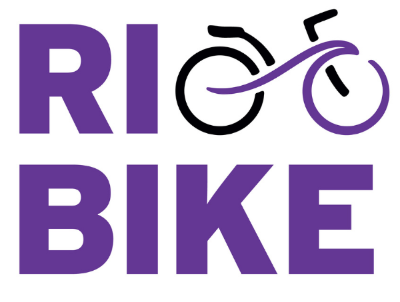U.S. Approves Plan for Interstate Bike Routes
SportsOneSource Media Posted: 11/4/2008
The United States is on a path to creating what could become the largest official bicycle route network in the world, thanks to the approval of a new plan by America’s leading authority on national route designations. The American Association of State Highway and Transportation Officials (AASHTO) has just approved a National Corridor Plan laying out the framework and guidelines for the development of this system.
The plan identifies corridors connecting America’s urban, rural, and suburban areas. The corridors cover well over 50,000 miles, which, if transformed into routes along roads and trails, would create the largest official bicycle route network in any country or on any continent. By comparison, the planned Euro-Vélo network in Europe is projected to be 60,000 kilometers or 36,000 miles.
The U.S. plan has been under development for nearly four years under the auspices of an AASHTO task force on national bicycle routes, with representatives from federal and state transportation agencies and nonprofit organizations. The plan has gone through more than a dozen revisions-with input from hundreds of federal and state officials, cycling advocacy groups, and individuals-as well as review and approval by AASHTO’s committees on
traffic engineering, design, and non-motorized transportation.
John Horsley, executive director of AASHTO, praised the adoption of the national plan: “Bicycling is an increasingly popular transportation option that helps our environment and improves the quality of life for many
Americans. AASHTO is pleased to be working with Adventure Cycling to foster the development of a national system of bicycle routes. State departments of transportation can now collaborate with local agencies and neighboring
states to begin establishing these routes throughout the United States.”
Jim Sayer, executive director of Adventure Cycling Association (ACA) added: “We are very pleased to have AASHTO’s stamp of approval on this plan. Because the process of developing the plan was so collaborative, and with national interest in cycling on the rise, we are already seeing a number of states jump ahead to create official interstate routes.” Adventure Cycling is the largest membership cycling group in North America and provided significant staff support in the creation of the plan. The financial contributions of the Educational Foundation of America, the Lazar Foundation, Bikes Belong, and members of Adventure Cycling made this staff
support possible.
The development of a U.S. route system follows the path of many other countries and regions that are establishing bicycle networks for transportation, recreation, and tourism. The United Kingdom has rapidly grown its National Cycle Network from 4,000 miles in 2000 to more than 12,000 miles today. Other European countries with major networks include Germany (approximately 7,000 miles), Denmark (2,400 miles), the Netherlands (2,700 miles) and Switzerland (3,000 miles). Other notable networks can be found in Western Australia and the Province of Quebec, which unveiled its very popular 2,400 mile La Route Verte (the “Green Way”) in August 2007.
Research is showing that well-designed cycling networks generate major increases in non-motorized trips. In the United Kingdom, for example, the national network triggered growth in these trips from 85.5 million in 2000
to 338 million in 2006. Similar gains are being seen in Quebec, which is also using the network to promote province-wide economic development and tourism.
“We have seen tremendous interest from states that want to make cycling a much more prominent part of their transportation and tourism portfolios” said Adventure Cycling’s Ginny Sullivan, who has served as the lead staff
coordinator for the project.
Now that the plan has been approved, states and nonprofits are free to work together and develop official interstate routes. According to Sullivan, several states are already moving forward, including Virginia, Michigan, and Florida. Numerous other states have also shown an increasing interest in creating routes that link urban, suburban, and rural destinations.
“We know this route network will not materialize overnight,” said Sullivan. “But then again, neither did the Interstate Highway System. We’re just thrilled to see the high level of interest right now.”
